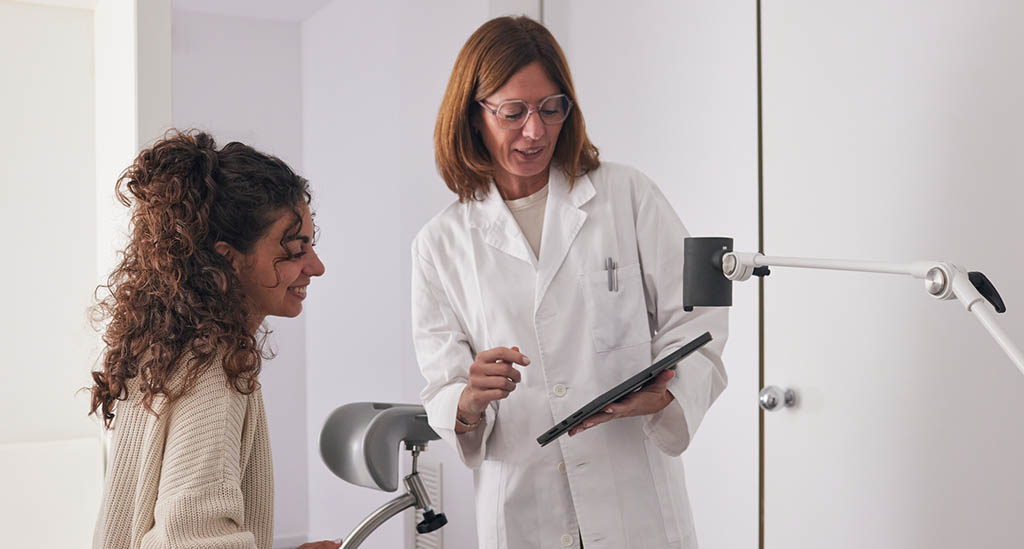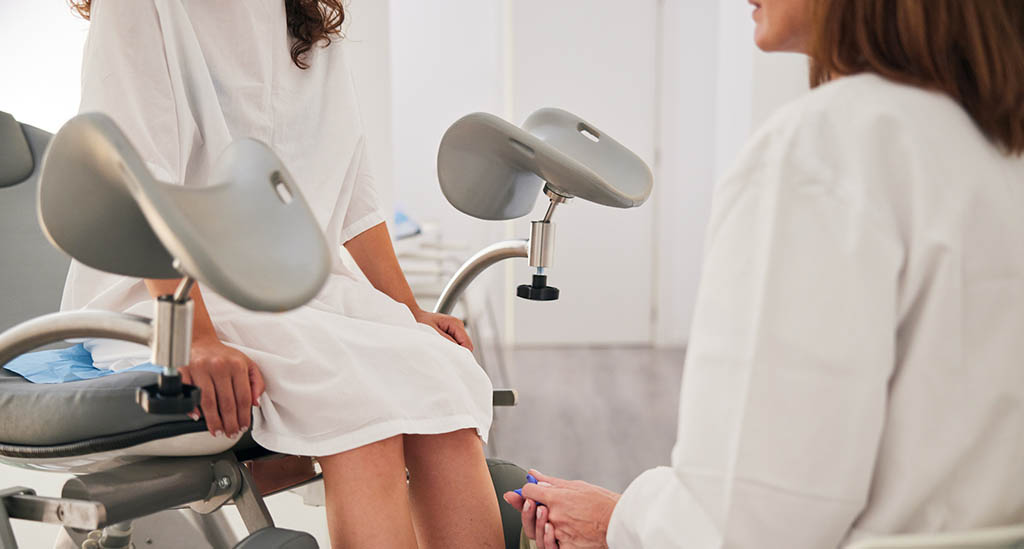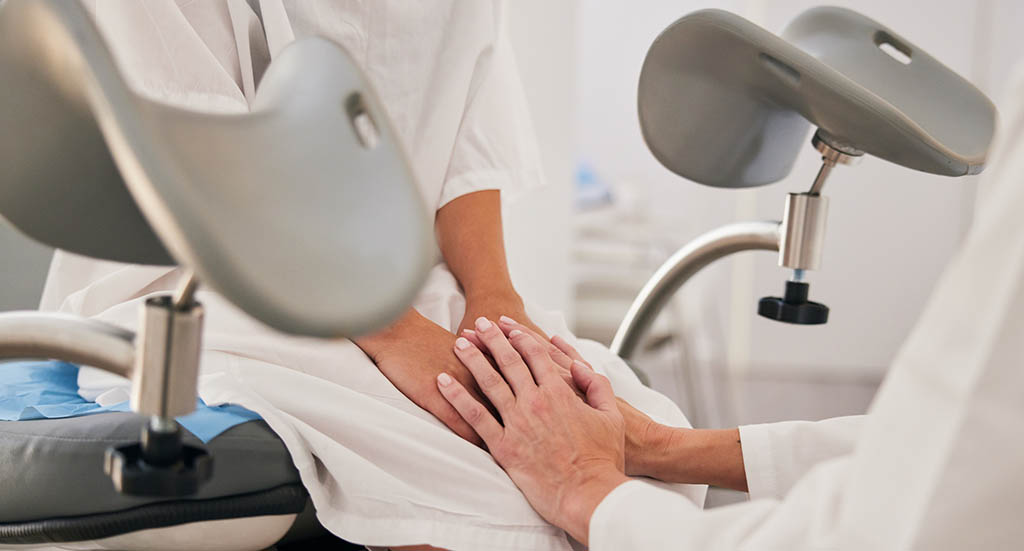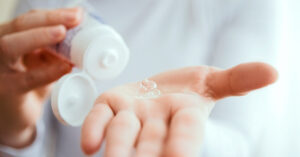In recent years, labiaplasty, a surgical procedure designed to reshape or reduce the size of the labia minora or majora, has seen a significant rise in popularity1 . While the procedure is typically straightforward and minimally invasive, understanding the recovery process is critical to achieving the best possible outcomes.
This article discusses labiaplasty recovery time, common milestones in the healing process, and tips to ensure a smooth recovery journey.
Understanding Labiaplasty Recovery Time: What to Expect
So how long does labiaplasty take to heal? Generally, labiaplasty healing time spans about 6-8 weeks, although this can vary depending on individual factors such as the surgical technique, surgeon’s expertise, overall health, and adherence to post-operative care instructions. Below is a breakdown of the key phases of recovery after labiaplasty.
Immediate Post-Operative Phase (Days 1-7)
- Swelling, bruising, and mild discomfort are common during the first week.
- Stitches from labiaplasty are often dissolvable and require no removal, but proper hygiene is essential to prevent infection.
Subacute Recovery Phase (Weeks 2-4)
- Swelling begins to subside, and patients can often return to light activities.
- Pain is minimal, but prolonged sitting or intense physical activity may still cause discomfort.
Final Recovery Phase (Weeks 6-8)
- By this time, most patients reach the final stage of healing, where the results of the procedure become more apparent2.
- Scars become less prominent, and the labia regain a natural appearance.
Following this, the labia will have typically regained their natural appearance, and any remaining swelling or bruising has significantly diminished. Most patients report feeling fully comfortable resuming all regular activities, including exercise, sexual intercourse, and wearing tighter-fitting clothing without discomfort. However, scar maturation can continue for several months to a year, depending on individual healing patterns and the type of surgical technique used.
While the majority of patients experience complete healing by this stage, it is important to continue following your surgeon’s advice for optimal results, including protecting the area from excessive friction and avoiding harsh skincare products. Regular follow-up appointments with your surgeon can help monitor progress and address any lingering concerns, ensuring long-term satisfaction with the procedure.
Delayed Healing or Complications
In rare cases, delayed wound healing after labiaplasty may occur due to infection, inadequate blood supply, or pre-existing health conditions. If you encounter such a condition, reach out to your labiaplasty surgeon immediately for a thorough evaluation and appropriate treatment.
What Factors Affect Labiaplasty Healing Time?

The healing process after labiaplasty varies for each individual and is influenced by several factors. Understanding these factors can help you better manage recovery and avoid complications. Below are the most common factors that can impact labiaplasty healing time.
1. Surgical Technique Used
- The technique used for the labiaplasty procedure, such as the trim method or wedge method, can affect healing time. For example, the wedge technique may involve more tissue layers, leading to a slightly longer recovery compared to the trim method5.
2. Surgeon’s Experience and Expertise
- The skill and expertise of your surgeon are critical. An experienced surgeon ensures precise incisions, optimal suture placement, and minimal trauma to surrounding tissues, all of which contribute to faster healing and lower risks of complications3 .
3. Individual Health and Lifestyle
- General health, including immune system strength, greatly impacts labiaplasty healing. Conditions like diabetes or anemia can slow tissue repair, while a healthy lifestyle supports faster recovery.
4. Post-Operative Care Adherence
- Strictly following your surgeon’s instructions, such as keeping the area clean and avoiding certain activities, ensures a smoother healing process and reduces the risk of complications4 .
5. Smoking and Alcohol Use
- Smoking impairs blood flow and oxygen delivery to tissues, significantly delaying wound healing. Excessive alcohol consumption can also slow recovery by suppressing the immune response.
6. Activity Level During Recovery
- Resuming strenuous activities, heavy lifting, or sexual intercourse too soon can cause strain on the healing tissue, leading to prolonged recovery or complications.
7. Infection Risk
- Poor hygiene or failing to follow wound-care guidelines can lead to infections, which significantly delay healing and may require additional medical interventions.
8. Suture Type and Quality
- Most labiaplasty procedures use dissolvable stitches, which generally dissolve within 2-3 weeks. However, any irritation or improper dissolution of stitches may prolong recovery.
9. Swelling and Bruising
- Some swelling and bruising are normal, but excessive swelling due to insufficient rest or poor post-operative care can extend the healing time.
10. Pre-Existing Medical Conditions
- Chronic conditions such as autoimmune disorders, poor circulation, or hormonal imbalances can impair the body’s ability to heal efficiently.
Understanding these factors allows you to take proactive steps to optimize your recovery and achieve the best possible results. Always communicate openly with your surgeon and address any concerns promptly for a smoother healing process.
Common Symptoms During Recovery After Labiaplasty

Patients may experience a range of symptoms as part of the natural healing process, including:
- Swelling and Bruising: These are most pronounced during the first week and gradually diminish over time.
- Mild Pain or Discomfort: Usually manageable with prescribed pain medications or over-the-counter analgesics.
- Itching: A common sign of healing, especially as stitches dissolve.
- Spotting or Light Bleeding: May occur in the initial days but should not persist beyond the first week.
Tips for a Smooth and Fast Recovery After Labiaplasty
To accelerate healing after labiaplasty and minimize complications, follow these essential tips:
1. Prioritize Hygiene
- Gently clean the surgical site daily with warm water and a mild, fragrance-free soap.
- Avoid using tampons or douches during the healing process to prevent irritation.
2. Follow Post-Surgical Instructions
- Your surgeon’s guidelines are tailored to ensure optimal outcomes.
- Keep the area dry and wear loose-fitting underwear to avoid unnecessary friction.
3. Manage Swelling with Cold Compresses
- Apply cold packs wrapped in a cloth for 15-20 minutes to reduce swelling, especially during the first 48 hours.
4. Avoid Strenuous Activities
- Refrain from heavy lifting, intense workouts, or sexual activity for at least 6 weeks.
5. Monitor for Signs of Infection
- Symptoms such as increased redness, warmth, or unusual discharge may indicate an infection. Seek prompt medical attention if these occur.
6. Stay Hydrated and Maintain a Healthy Diet
- Proper nutrition and hydration promote faster tissue repair and recovery.
Addressing Potential Complications During Healing From Labiaplasty Surgery

While most patients heal without issues, certain complications can prolong recovery time after labiaplasty. These include:
- Delayed Wound Healing: Caused by infection, excessive swelling, or poor blood circulation.
- Stitch Displacement: Rare, but may require a revision surgery.
- Scarring: Typically minimal and fades with time, though some patients may develop raised or thickened scars.
If you notice prolonged pain, significant swelling, or delayed healing, consult your surgeon promptly to rule out complications.
FAQs: Labiaplasty Heal Time and Stitches
How long does labiaplasty take to heal?
The average labiaplasty recovery time is 6-8 weeks, though individual results may vary.
How are stitches managed during recovery?
Most labiaplasty recovery stitches are dissolvable, meaning they break down naturally within 2-3 weeks. Proper hygiene is key to preventing complications.
Can labiaplasty cause long-term discomfort?
Permanent discomfort is rare. Most patients report improved comfort once fully healed.
Ensuring Long-Term Success After Labiaplasty
Healing from labiaplasty surgery is a multi-phase process that demands attention to detail and commitment to post-operative care. By understanding the timeline for recovery and following the tips outlined in this guide, you can minimize discomfort, reduce the risk of complications, and achieve a smooth recovery. For those considering labiaplasty or currently navigating their recovery, consult a board-certified surgeon to ensure the highest standard of care.
At Alinea Labiaplasty & Vaginoplasty NJ, we communicate openly with our patients about any concerns regarding the procedures as well as the aftercare instructions. Contact us today for any queries you have about the procedure or recovery.
References
- Goodman MP. “Female genital cosmetic and plastic surgery: a review.” Journal of Sexual Medicine. 2011;8(6):1813-1825.
- Pardo J, Solà V, Ricci P. “Labiaplasty: satisfaction survey and clinical study.” Aesthetic Plastic Surgery. 2018;42(5):1261-1269.
- Hunter JG, Henry SL. “Optimizing outcomes in labiaplasty: anatomy, techniques, and postoperative management.” Clinics in Plastic Surgery. 2016;43(3):423-433.
- Veale D, Eshkevari E, Ellison N. “Labiaplasty: a review of current indications and psychological outcomes.” Aesthetic Surgery Journal. 2014;34(7):1007-1016.
- Alter GJ. “Aesthetic labia minora and clitoral hood reduction using extended central wedge resection.” Plastic and Reconstructive Surgery. 2008;122(6):1780-1789.







